Forest restoration to fight climate change & biodiversity conservation
Finca Alia – Cáceres, Spain
a deforested land restored
The site where the project was developed is an area with high disturbance due to deforestation, so prior to the restoration activities the area had areas devoid of vegetation and problems due to water erosion.
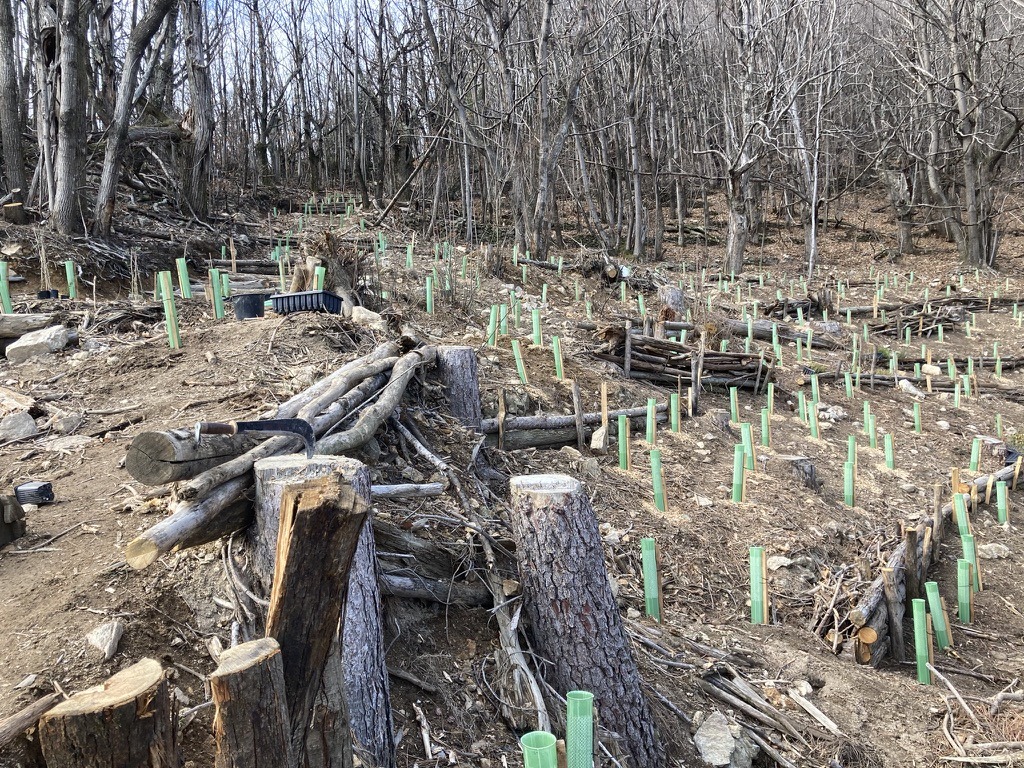
About the project
Forest 4Future is a project developed by the promoters Life Terra and 2°much!, which is located in the community of Lentillères, department of Ardéche, in the south of France. The project proponent has an agreement with the landowner for the use of the land for a term of 40 years, so that during this period no actions may be taken that disturb or damage the plantation and the groundworks.
The site where the project was developed is an area with high disturbance due to deforestation, so prior to the restoration activities the area had areas devoid of vegetation and problems due to water erosion.
The project consisted of planting trees of 30 different species in an area of 5680.48 m2, with an average density of 1 or 2 individuals per square meter. In addition, 13.75 tn of biomass collected in the project area, mainly unused wood of the Castanea Sativa species, was used to build soil retention and water catchment works. The works consisted of the creation of barriers or retention structures that will reduce soil erosion.
Carbon Capture and credit issuance
The Forest 4Future Project will allow the removal of 210 tons of carbon during its useful life (40 years), calculated using the “aOCP Methodology for carbon removal and storage in vegetation V2.0”, which will be monitored quarterly as defined in the Project Monitoring Plan, following the “aOCP Methodology for carbon removal monitoring V1.0”. In addition, 390 Verified Biodiversity Based Credits (VBBCs) will be issued for the project’s biodiversity benefits, which were measured following the “aOCP Methodology for biodiversity assessment V2.0”.
As the project has also generated benefits to erosion control and water retention, 1296 Verified Soil Credits (VSCs) will be issued for erosion prevention, calculated from the “aOCP Methodology for soil and erosion assessment V2.0”; in addition to 2640 Verified Water Credits (VWCs), estimated using the “aOCP Methodology for water balance assessment V2.0”.
WATER INFILTRATION & CREDITS ISSUANCE
The project area has been assessed according to the aOCP Methodology for the assessment of groundwater recharge restoration.
The methodology establishes 3 approaches for the assessment of infiltration, which is then used as input for the Thornthwaite-Mather water balance model: 1.-Soil conservation service curve number (SCS-CN), 2.- Literature data, 3.- Machine Learning model based on fiel and satellite data.
Ground water storage was assessed for 3 scenarios:
1.-Before deforestation. As deforestation in the Project area occurred in November 2021, spring and summer of that year are representative of the original forest.
2.-After deforestation. Spring and summer 2022 are representative of the Area without tree cover, experiencing high rates of runoff and low infiltration.
3.-After project implementation. Spring and summer 2023 are representative of the Project area once soil works and reforestation took place.
The potential for generation of water credits was calculated based on the expected groundwater recharge. Assuming that the project leads to the restoration of the Project area in 40 years, it will improve from the current -452 mm up to -429 mm per year. This calculation is based on a linear progression. Each mm in GWS equals 1 L/m2 . Given that the surface of the restored area is 5,600 m2, each mm increase represents an increase in groundwater recharge of 5.6 m3. considering the Project surface, the potential of the project to generate Water Credits, at year 40 the Project will have generated a total of 2640 Water credits.
Soil Credits
The project area has been assessed according to the aOCP Methodology for soil health assessment. The assessment has 2 components: soil health assessment and erosion assessment.
There are 2 relevant events that determine the assessment of the Project area: deforestation, which occurred in November 2021, and Project implementation, which took place in the first quarter of 2023.
Soil erosion was assessed for 4 scenarios:
Before deforestation. As deforestation in the Project area occurred in November 2021, spring and summer of that year are representative of the original forest.
After deforestation. Spring and summer 2022 are representative of the Area without tree cover, experiencing high rates of erosion.
After project implementation. Spring and summer 2023 are representative of the Project area once soil works and reforestation took place.
Restored scenario. Is the expected outcome of the project once the planted trees reach maturity and the forest recovers its original characteristics, as it was before deforestation.
Erosion was assessed using the RUSLE equation, which includes 5 components.
1. Rainfall erosivity (R-factor). Was obtained from the RUSLE2015 dataset, provided by the EUROPEAN SOIL DATA CENTRE (ESDAC) Joint Research Center, available at: https://esdac.jrc.ec.europa.eu/themes/rainfall-erosivity-europe
2. Soil erodibility (K-factor). Was obtained from the RUSLE2015 dataset, provided by the EUROPEAN SOIL DATA CENTRE (ESDAC) Joint Research Center, available at: https://esdac.jrc.ec.europa.eu/themes/soil-erodibility-europe
3. Slope length and slope steepness (LS- factor). The LS factor was calculated with the equation from Moore & Wilson (1992) [eq. 1] on a 5m spatial resolution DEM, the RGE ALTI® 5M dataset, downloaded from https://geoservices.ign.fr/rgealti.
Where As = unit contributing area (m), θ = slope in radians, m = 0.4 and n = 1.3.
4. Cover Management (C-factor). Was calculated with the equation developed by van der Knijff et al. (1999) [eq. 2] on the NDVI computed from Sentinel-2 images.
For the calculation of amount of soil that was prevented from eroding, we use the percent change. From 2022 to 2023, the erosion rate increased 77.2% in the microbasin and 21.4% inside the parcel.
The estimated total soil loss inside the parcel is 79.105 tons in 2022 and 96.065 tons in 2023. If the Project activities were not implemented and the parcel experienced the same increase as all the microbasin, the soil loss inside the parcel would be 140.289 tons. This means that 44.22 tons of soil inside the parcel will not be lost in 2023 thanks to the implementation of soils works and reforestation.
As planted trees continue to grow, vegetation cover will increase and contribute to decrease the erosion rate. It is expected that erosion rate will descend to the value it had before deforestation and even less, considering the soil works. Therefore, when trees reach maturity the Project’s contribution will be a reduction of the erosion rate of -31.58 t ha-1 y-1, which for the Parcel area means 79.09 tons of soil per year that will not be lost thanks to soil works.
Wildlife Species in the project

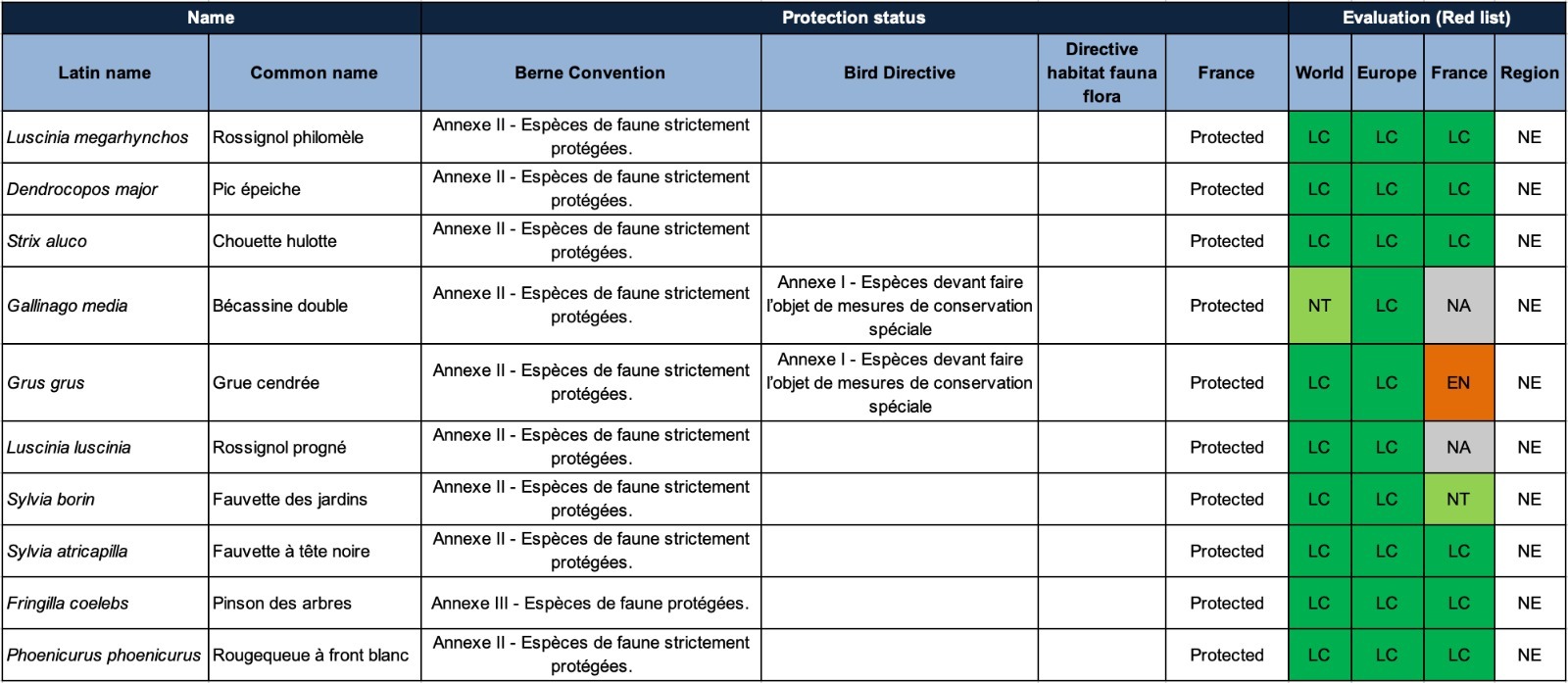
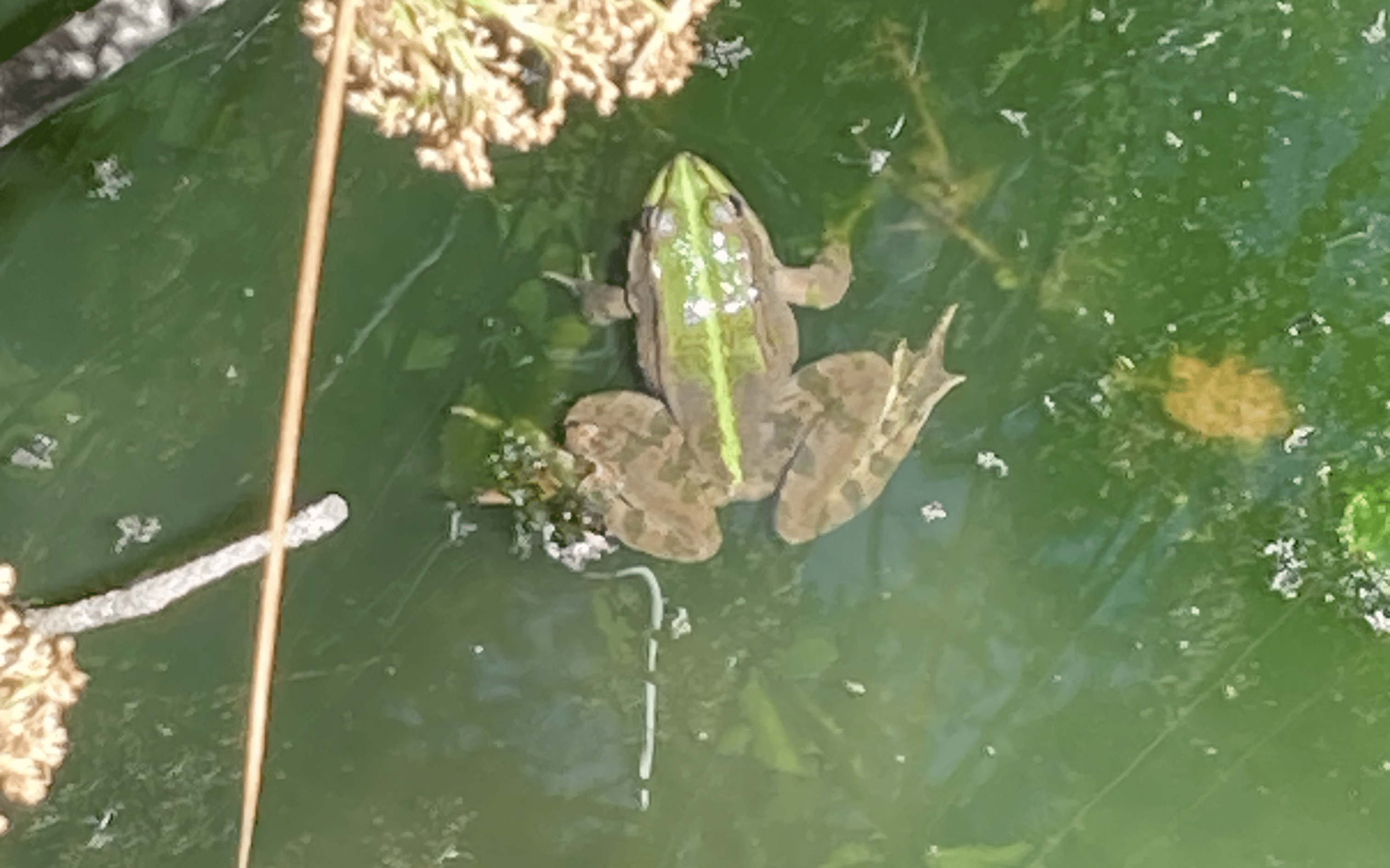
Finca Alia – Cáceres, Spain
Deforested land restored
Project Developer:


Certification:
ases On-Chain Protocol
aOCP
Location:
Lentillères, Spain
Price evolution based on Bloomberg© forecast demand & IPR Forecast. Not financial advice.
Once the indices for each factor and their relativization were obtained, the formula proposed for the calculation of biodiversity credits was applied, obtaining a total of 390 credits for the Lentillères project, which will be issued according to the monitoring plan and the contingent table.
It is considered 390 is the number of biodiversity credits that could be awarded by the Lentillères project based on the benefits it has generated in terms of diversity.
NI
VBBC=∑ TS*(Fij) /100
i=1
———–
VBBC=TS*(F1)*βI+ (F2)*β2 + (F3)*β3 +..(Fn)*βn ____________________________________
100 m2
Where:
Tsurf= Total surface
F1= Protection of key species
F2= Fragmentation
F3= Fractal dimension
F4= Spatial continuity
F5= Climate change vulnerability
F6= Vulnerability of species to climate change RestSurf= Restored surface
F7= Biodiversity index in the area restored PresSurf= Preserved surface
F8= Biodiversity index in the preserved area
To estimate the maximum number of credits to which the project could aspire, a simulation was carried out considering that the variables analyzed would have a greater positive response to the different factors evaluated throughout the life of the project. That is if during the monitoring determined in the Monitoring Plan, results are obtained that demonstrate that the biodiversity index measured with Shannon significantly increased for the preserved area and key species, in addition to demonstrating that fragmentation decreased and therefore the fractal dimension, and that the project improved the spatial continuity of the landscape.
Once the above-mentioned variables have been ranked with the factor relativized to the maximum probable, it is determined that the Lentillères project could reach a maximum of 697 credits.
Nat5 Score
Key project: VMF-LT01-112022D
Developer: LifeTerra
Person responsible: Sven Kallen
Land owner: Marco Schoop
The project used the densified reforestation technique, which consists of planting a greater number of trees per unit area, and establishing seedlings closer together, compared to traditional reforestation techniques.
This technique benefits the acceleration of the forest recovery process by having more trees growing in the area, increasing competition for light, nutrients, and water, which stimulates faster tree growth. In addition, it benefits biodiversity by creating a denser environment, providing more habitats and resources for various plant and animal species, and promoting biodiversity.



Verification will be done using satellite data and AI algorithms provided by KANOP© and CDS ToolBox©

Validation assessed by OXALIS

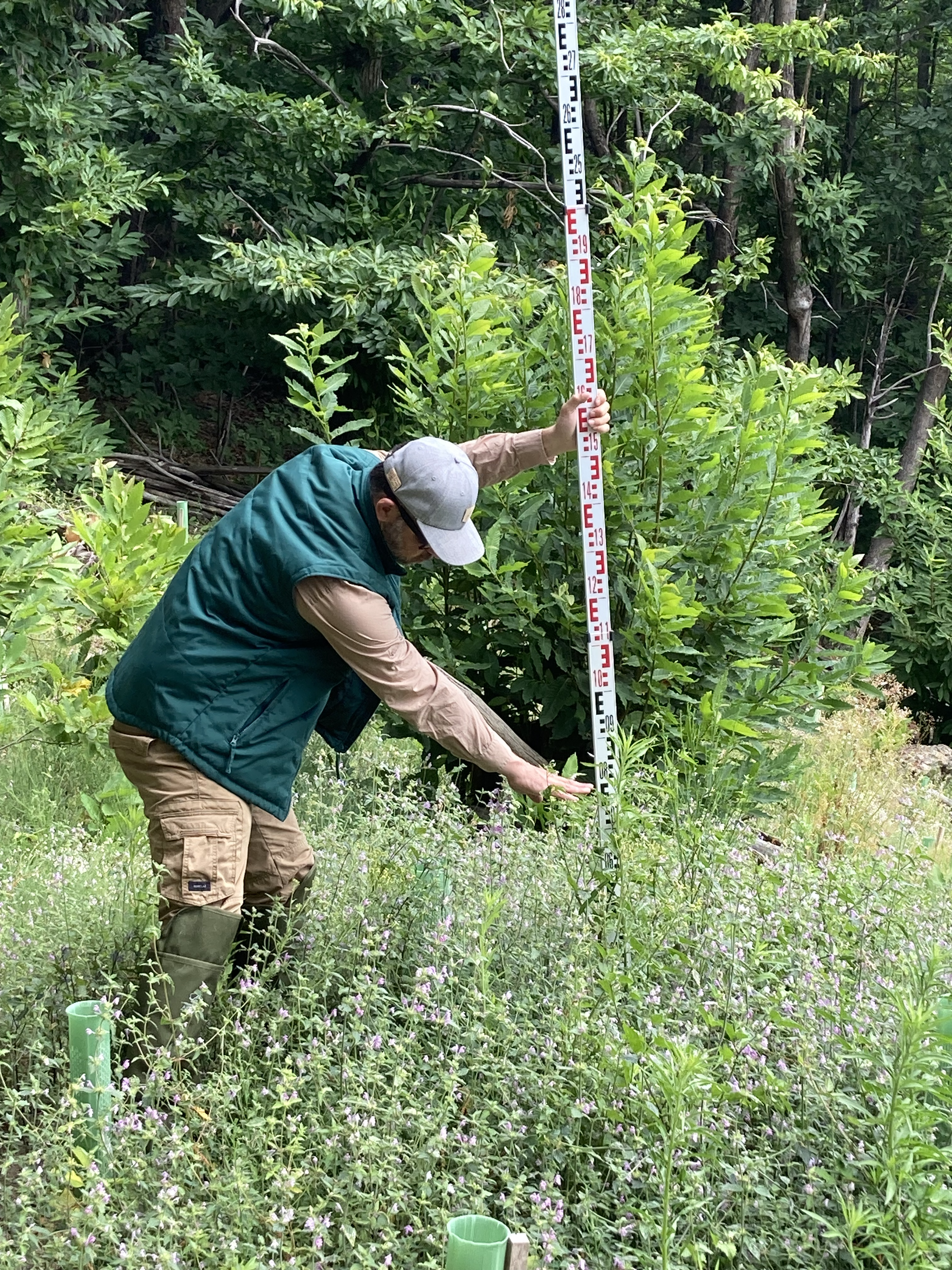

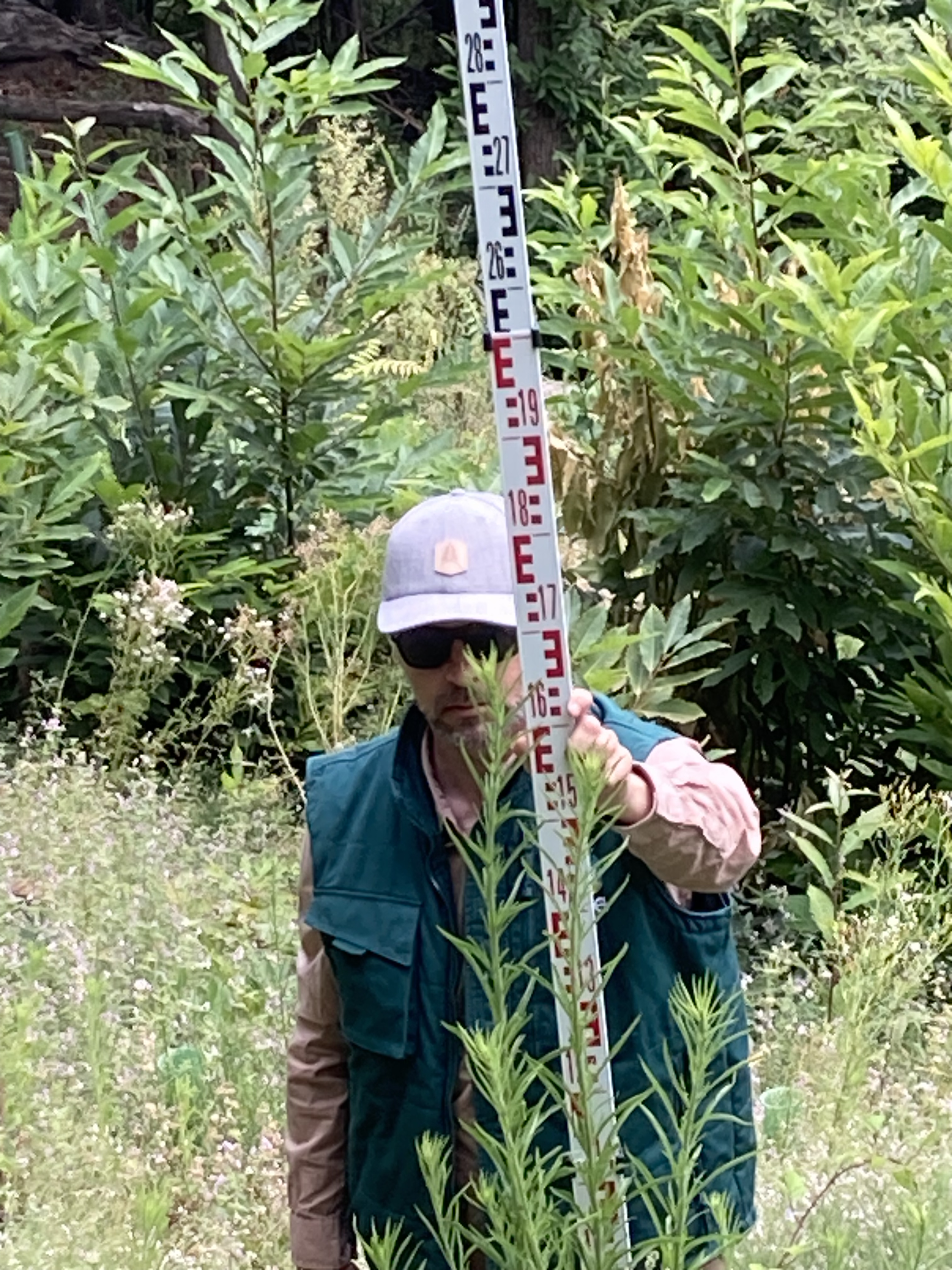




Unbundling credits: Separate into discrete units (Co2 Removal by reforestation, Biodiversity gain by taxocenosis, soil conservation/resotoration m2, water infiltration m3)
Carbon Removal: 180 Credits
Biodiversity: 390 Credits
Soil: 1296 Credits
Water: 2112 Credits
Smart Contract: https://polygonscan.com/token/0x2f34c3b766f8f9b07a179958aabcd74956be407e
https://polygonscan.com/tx/0x1053a325d4d8ca7a9e3defee442071619351c10131fe90404be0f7abd0fb2a01
Monitoring schedule
| Year | Month of activity | Activity to perform for carbon assessment | Activity to perform for biodiversity |
| 2022 | November 1-15 | Satellite survival and growth monitoring | Plant diversity_00: Baseline |
| December | Project Validation | Plant diversity_01 | |
| 2023 | April/May | Field, drone & survival monitoring | Eco-acoustic_01 |
| September/October | Field, drone & satellite survival monitoring | ||
| 2024 | April/May | Field, drone & satellite survival monitoring | Eco-acoustic_02 |
| September/October | Field, drone & satellite survival monitoring | ||
| 2025 | April/May | Field, drone & satellite survival monitoring | Eco-acoustic_03 |
| September/October | Field, drone & satellite survival monitoring | ||
| 2026 | April/May | Field, drone & satellite survival monitoring | Eco-acoustic_04 |
| September/October | Field, drone & satellite survival monitoring | ||
| 2027 | April/May | Field, drone & satellite survival monitoring | Eco-acoustic_05; plant diversity_02 |
| September/October | Field, drone & satellite survival monitoring | ||
| 2028 | April/May | Field, drone & satellite survival and growth monitoring | Eco-acoustic_06 |
Some great things about this project
This project promotes biodiversity, the fight against climate change and protect endangered species


 by
by